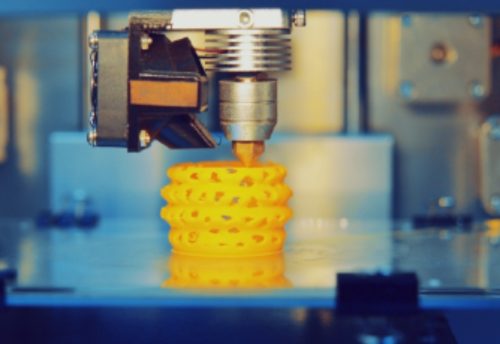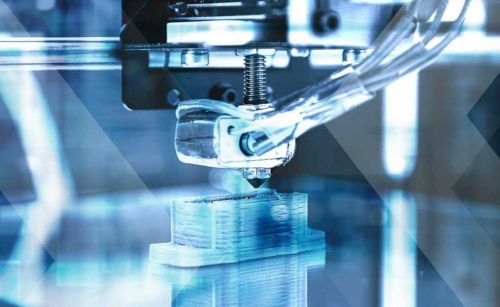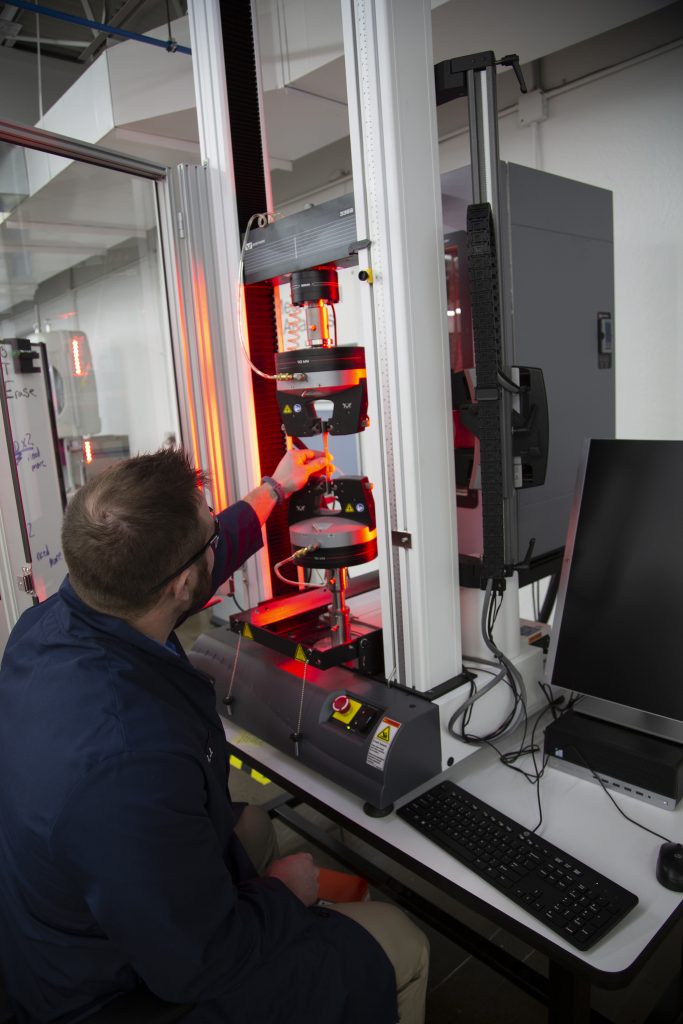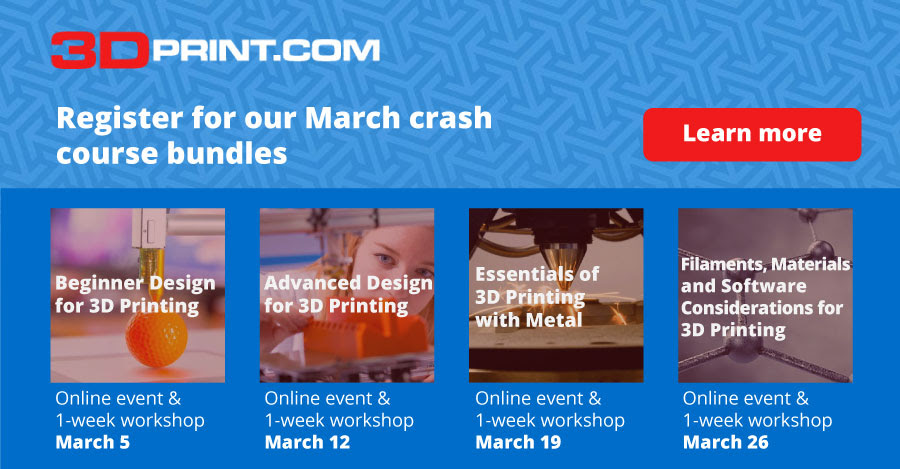Peopoly releases Moai 200 3D printer – technical specifications and pricing
Jabil to Enter 3D Printing Materials Market & Develop Custom Materials “Open Systems are the Future of 3D Printing”

Jabil Spools Waiting to be shipped.
Jabil is one of the largest contract manufacturing and engineering companies worldwide. They’ve been very serious about 3D Printing for a number of years as well. The company has made moves in 3D printed footwear, setting up an Additive Manufacturing Network, partnering with HP, using clustered Ultimaker 3D printers and manufacturing 3D printers for Makerbot. The $19 billion dollar group uses 3D printing extensively in-house to prototype the products that it engineers as well as manufacture things such as jigs and tools extensively. Jabil can do anything from designing or improving a product to assembling millions of examples of that product to expediting them all around the world. Little known compared to its customers there is a high probability that this 180,000 person company made some of the high tech devices that you rely on each and every day.

Today Jabil announced that it is launching Jabil Engineered Materials for 3D printing which will let customers customize, test, create and validate 3D printing materials for manufacturing applications. Additionally, Jabil will be offering FDM and SLS materials on the open market and selling them via resellers. Materials have been a major brake on 3D printing innovation. High cost of materials slows down 3D printing adoption especially in manufacturing. Low performance also inhibits 3D printing success. Closed material ecosystems do lead to good print results but do mean that there is a lock-in for the company using that 3D printer manufacturer and material. Often companies want to use the polymers they know and love or those that are standards in their applications but these may not be available for 3D printing. In the regular plastics market, thousands of specialized compounding companies optimize materials for 3D printing. For 3D printing, some specialized filament producers will make filaments to order for you in FDM (FFF, Material Extrusion). For SLS (powder bed fusion, laser sintering) only ALM and a handful of other firms can qualify and create working specialized polymer materials. In SLS and EBM metal powders lots of people say they can do this but almost no one is actually able to do this (Höganäs, GE and Sandvik are exceptions for example).

A Jabil Employee mixing materials.
In polymers, we have lots of compounders worldwide but precious few have manufacturing knowledge of 3D printing or know how 3D printing works (LehVoss being the notable exception). Through deep manufacturing knowledge and operating a lot of machines, Jabil hopes to enter and prosper in this niche that is set for high growth. Custom material formulations for manufacturing is a very high 3D printing growth segment at the moment. Clearly, Jabil is making an astute vertical integration here that will let them lower their own production costs for 3D printed goods while simultaneously making them more indispensable to customers. More margin that feeds tactical success is always nice especially if you then become more relevant to customers as well. If they pull this off this will be a brilliant long term strategically significant move by the firm that will let them outcompete once 3D printing in manufacturing becomes a reality for more industries. The key element to getting things made with 3D printing is controlling the 3D printing Octagon. Right now everyone is trying to do this through alliances between material companies and OEMs or by trying to become a platform themselves. GE and Jabil are both doing the most to themselves monetize their control over the octagon and therefore obtain a better 3D printing manufacturing future for themselves. Other firms are simply sticking to their own islands of expertise while shaking hands a lot. While polymer knowledge is being tied to settings and materials are being qualified most are forgetting the manufacturing part of this equation.

Additionally Jabil has opened Materials Innovation Center in Minnesota where the company can develop materials as well as do compounding under ISO 9001. There and at other locations the company work on developing Integrated Materials, Processes and Machines (MPM) and. “evaluate, qualify and validate materials alongside certified machines and processes as part of an integrated MPM solution that matches specific part performance with application requirements. This comprehensive approach ensures greater availability of unique materials while reducing time-to-market and cost to produce the highest quality parts.”
John Dulchinos, vice president of digital manufacturing, Jabil stated that,
“Jabil is taking advantage of its rich history in materials science innovation to advance the entire additive manufacturing market forward and produce custom materials in weeks—not months. Our ability to integrate new engineered materials into our ecosystem of 3D printers and rigorous processes will transform a new generation of additive manufacturing applications, including those for heavily regulated industries, such as aerospace, automotive, industrial and healthcare.”
The company will also work on “Value-added attributes include, but aren’t limited to, reinforced, flame retardant, conductive, lubricated, Electrostatic Dissipative (ESD) and other engineered characteristics” which would put them very close to what Clariant is doing in 3D printing. The company will focus on FDM, SLS and HSS and a “full range of services also are available, including compounding, extrusion and powder creation as well as complete system integration on standard, open source platforms supported by Fused Filament Fabrication (FFF), Selective Laser Sintering (SLS) and High-Speed Sintering (HSS) equipment.”

Some Jabil materials will also be sold through Chase Plastics and the Channel Prime Alliance (part of Ravago) and the profiles of some Jabil materials will be available in Cura.
3DPrint.com spoke to John Dulchinos, VP of Digital Manufacturing, and Matt Torosian, Director of Product Management at Jabil to find out more. They told us that the material science team will comprise of more than 40 individuals and that they would produce pellets as well as filament and powder. Their main Minnesota site has dozens of 3D printers in different technologies and they deploy hundreds of machines across Jabil. Some of the materials that they hope to make available soon include PA12 and TPU powders as well as PETG filaments. The team has rheology, mechanical engineering and all the equipment needed in house.

Tensile strength testing a coupon at Jabil.
Matt believes that, “Every industrial assembly facility should at least have 20 3D printers eventually” and that internally Jabil used 3D printing “for jigs fixtures and tooling to reduce time and cost.” Jabil’s main motivation for selling and making materials is to “better serve customers and increase adoption rates of 3D printing.” He mentions that “customers tell us that they are ready to go but that they don’t have the right quality management, regulatory or materials for 3D printing” and this is where he believes Jabil can deliver value. John mentions that “3D printing material costs have to come down” and that their purchasing power and engineering can make this happen.
He adds that Jabil is “interested in real parts, and has adopted the right quality framework for 3D printing from consumer goods to medical.” The company has defined, “how we qualify a program, how we qualify a part or machine, how we define quality and what test coupons we use, what certifications we use.” He sees “FDM technology having broad applicability” and in some cases could see desktop printers and printer farms being used for manufacturing in the future as these platforms get their “next level of refinement.” He thinks that “open systems are the future of 3D printing” and thinks that Jabil is “ahead of the curve” in this “potentially disruptive manufacturing technology.”
When to combine CNC machining with 3D printing – Tips from 3ERP
3D printing has changed the way companies think about prototyping. With the power of additive manufacturing at one’s fingertips, it is simpler than ever to turn a digital 3D design into a physical object. Startup costs are low, the learning is curve short and results, more often than not, are consistent and satisfactory. 3D printers […]
The post When to combine CNC machining with 3D printing – Tips from 3ERP appeared first on 3D Printing.
Jabil to develop 3D printing materials, establishes AM Materials Innovation Center
Virginia Tech 3D prints devices that generate electricity from impact
Fighting opioid abuse with 3D printed egg-shaped tablets
HUST researchers iron out cracks of 3D printed bulk metallic glass
This #3DPrinted Chair with #CircuitPlaygroundExpress was made for Musical Chairs #MusicMonday
March 3DPrint.com Crash Courses: Sign Up Now with the Early Bird Rate
Want to learn 3D printing online? Throughout the month of March, we are running one-week intensive online courses for all levels. Register today—it’s the last day to get the early bird rate.
March will be full of 3D printing madness here at 3DPrint.com. Over the course of the month, we are offering four interactive online workshops that each include 90 minutes of two livestream sessions with Q&A. The dynamic programs for each course will be filled with expert advice on key principles, case studies, and interactive lessons from industry leaders. Courses include:
- Beginner Design for 3D Printing – March 5, 2019
- Session 1: Beginning Design Principles
- Session 2: How to Prep Your Models for Printing
- Advanced Design for 3D Printing – March 12, 2019
- Session 1: 3D Printing Engineering Principles
- Session 2: Coding/Generative Design
- Essentials of 3D Printing with Metal – March 19, 2019
- Session 1: Introduction to Metal Additive Manufacturing
- Session 2: Design and Materials Considerations
- Filaments, Materials, and Software Considerations for 3D Printing – March 26, 2019
- Session 1: Think Like a Designer and Learn how to Use Tinkercad
- Session 2: Printing Preparation Programs and Plate Models
Here are a few highlights from two of the sessions:

In the second session of Advanced Design for 3D Printing, speaker Dr. Laura Taalman (aka mathgrrl), a mathematician and 3D designer, will go over coding for 3D printing. She’ll show you what tools are out there and how they impact the future of design.

Frank Medina Ph.D., consulting technical director at EWI and associate professor of mechanical engineering at UTEP, will cover key considerations for printing in metal in the second session of Essentials of 3D Printing with Metal. He’ll share current technologies and materials, processing factors that impact resolution, potential flaws and porosity, and methods to achieve desired surface finish, durability, and reliability in service environments.
As we continue to add to the speaker rosters, so stay tuned!
The courses are cumulative, so you can take one, two, three, or all four courses depending on what you want to learn for your 3D printing ventures. Take advantage of early bird rates and register now.
Thank you to our Beginner Design for 3D Printing and Advanced Design for 3D Printing sponsor, SelfCAD, for the support.


